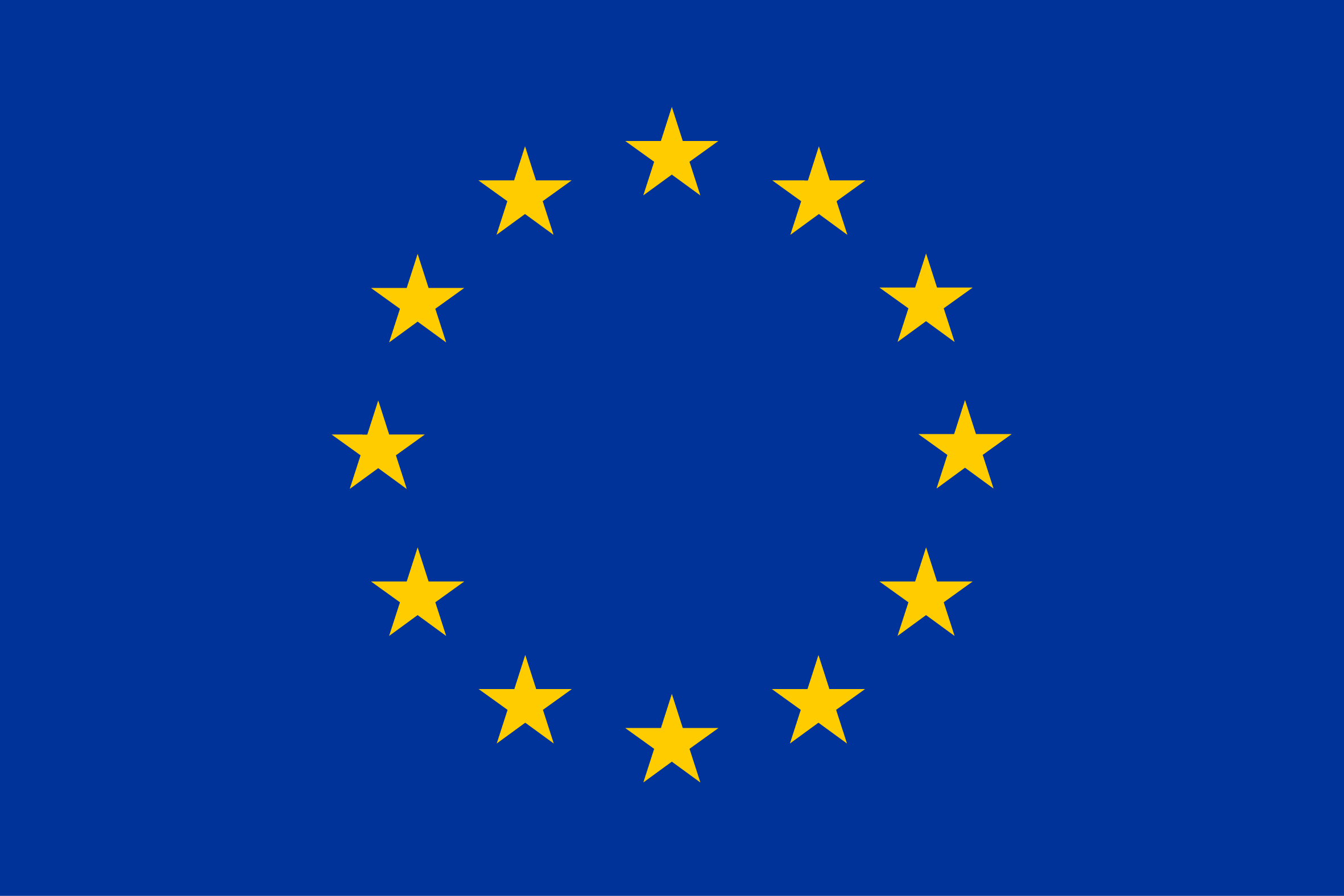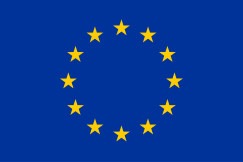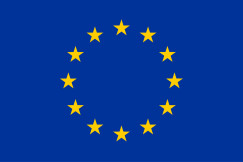Legislation
01 June 2025
Guidelines on horizontal cooperation agreements
Legislation
01 June 2025
1. Healthy, balanced and sustainable diets for all European consumers
2. Prevention and reduction of food loss and waste
3. A climate - neutral food chain in Europe by 2050
+4 more
Login / create an account to be able to react

The Guidelines on horizontal cooperation agreements provide a framework for companies to assess whether their collaborative agreements comply with EU competition rules. These agreements can lead to economic benefits such as cost savings and innovation but may also pose competition concerns if they negatively affect market dynamics, such as by limiting price competition or reducing output.
The guidelines emphasise evaluating these agreements based on market power, competitive conditions, and entry barriers. They particularly focus on agreements in research and development, production, purchasing, commercialisation, standardisation, and information exchange.
Editorial team
European Commission - DG COMP
Topics
EU-27
Academic / Research and VET Institutions
Business Support Organisation
Company with 250 or more employees
Cluster Organisations
Consumer Organisations
Cultural and Heritage Organisations
Destination Management & Marketing Organisations
EU Institutions
Financial Institutions and Investors
Industry Associations and Chambers of Commerce
International Organisations
Local Authorities
Media / Journalist Organisations
National authorities
Networks and Federations / Confederations
NGOs / Non-profits
Notified Bodies
Regional Authorities
SMEs (a company with less than 250 employees)
Social Economy Entity
Trade Unions
Other
-
CoC aspirational objectives
-
-
1. Healthy, balanced and sustainable diets for all European consumers
-
2. Prevention and reduction of food loss and waste
-
3. A climate - neutral food chain in Europe by 2050
-
4. An optimised circular and resource-efficient food chain in Europe
-
5. Sustained, inclusive and sustainable economic growth, employment and decent work for all
-
6. Sustainable value creation in the European food supply chain through partnership
-
7. Sustainable sourcing in food supply chains
-
Share
The Guidelines on horizontal cooperation agreements are designed to help companies determine whether their cooperation agreements are compatible with the competition rules by providing a framework for assessment under Articles 101 (1) and (3) of the Treaty on the Functioning of the European Union (TFEU).
The guidelines provide a framework for assessing collaborations between actual or potential competitors, as well as non-competitors, under EU competition law, particularly Article 101 of the TFEU. These agreements can generate significant economic benefits, such as cost savings, risk sharing, enhanced product quality and variety, increased investment, and accelerated innovation. However, they also have the potential to present significant competition concerns if they negatively impact market dynamics, such as by limiting price competition, reducing output, curtailing innovation, or diminishing product variety and quality.
To ensure these agreements align with the internal market regulations, the European Commission evaluates whether they restrict competition by object or effect under Article 101(1) TFEU. Agreements that restrict competition, like price-fixing arrangements, are prohibited. For others, a detailed analysis of their actual and potential effects on key market factors is conducted.
Horizontal agreements are evaluated based on market power, the competitive landscape, and factors like market entry barriers. While the guidelines specifically emphasise agreements like research and development, production, purchasing, commercialisation, standardisation, and information exchange, special attention is given to how information is shared among competitors. While sharing information can reduce costs and improve consumer choices, it can also facilitate anti-competitive practices such as tacit collusion, especially when it involves strategic data like future pricing or planned output.
For more information, see: Competition: Commission adopts revised competition rules on horizontal cooperation agreements (Q&As)
Related regulations:
Guidelines on the applicability of Article 101 of the Treaty on the Functioning of the European Union to horizontal co-operation agreements
Article 101 of the Treaty on the Functioning of the European Union
Comments (0)
See also
-
11
De Minimis Regulation
- Categories
- 2. Prevention and reduction of food loss and waste 3. A climate - neutral food chain in Europe by 2050 4. An optimised circular and resource-efficient food chain in Europe +3 more
-
23
Guidelines for State aid in the agricultural and forestry sectors and in rural areas
- Categories
- 2. Prevention and reduction of food loss and waste 3. A climate - neutral food chain in Europe by 2050 4. An optimised circular and resource-efficient food chain in Europe +3 more
-
30
Guidelines for sustainability agreements in agriculture
- Categories
- 2. Prevention and reduction of food loss and waste 3. A climate - neutral food chain in Europe by 2050 4. An optimised circular and resource-efficient food chain in Europe +3 more




